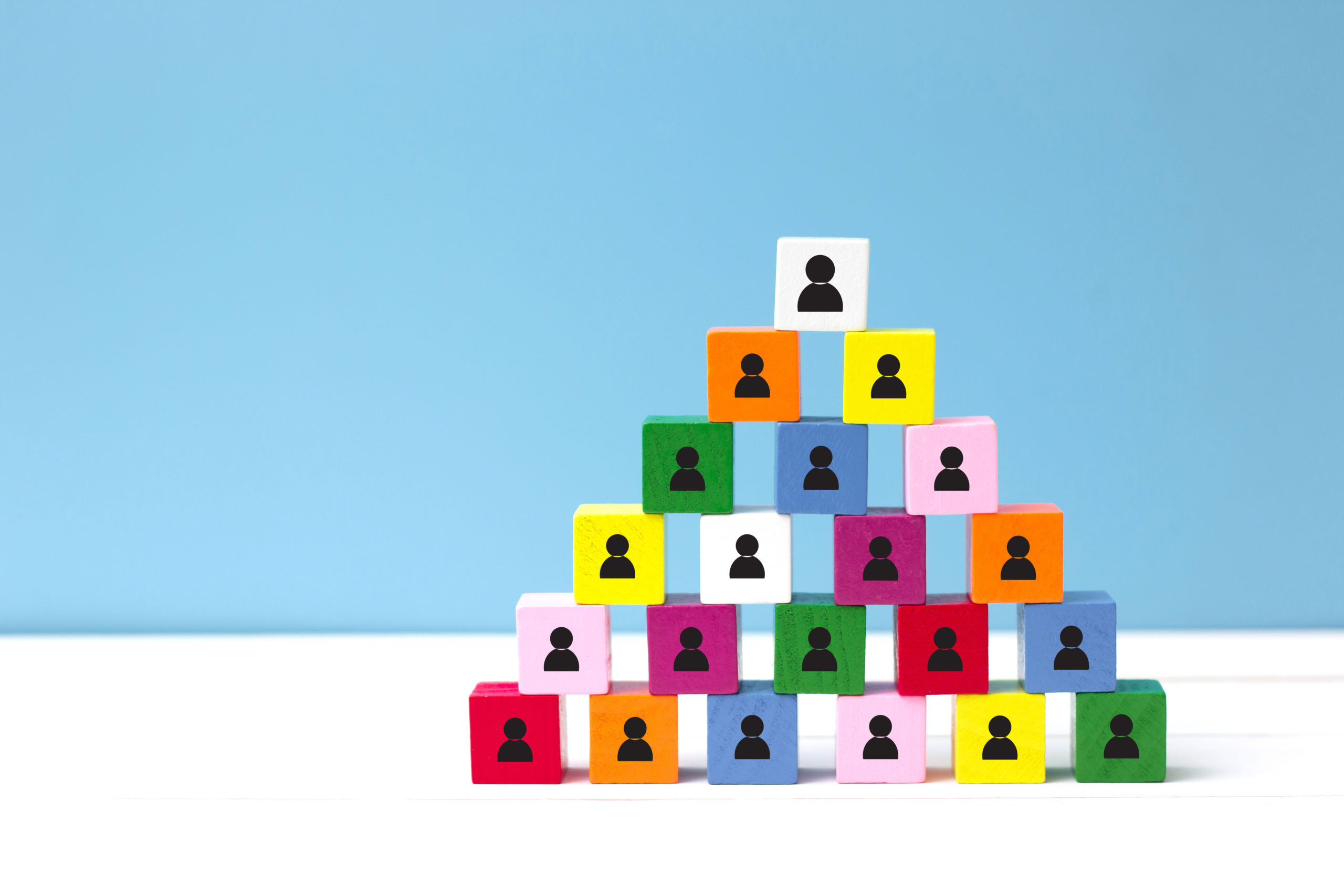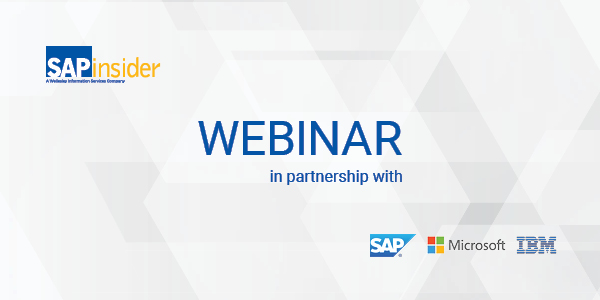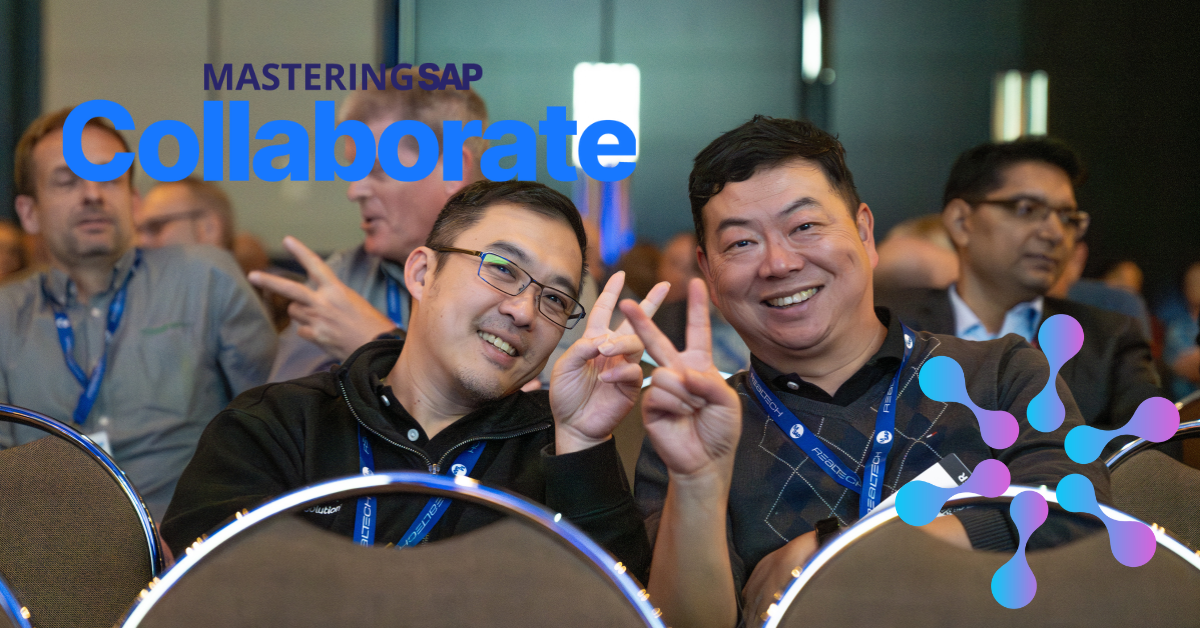SAP Announces New AI Capabilities for SAP Datasphere, SAP Analytics Cloud, and an Expanded Partnership with Collibra
Meet the Authors
Key Takeaways
⇨ SAP has announced new data innovations within SAP Datasphere, and generative AI capabilities in SAP Analytics Cloud, aimed at transforming enterprise planning and analytics.
⇨ SAP also announced an expanded partnership with Collibra, a data intelligence company, to deliver end-to-end data governance (a complete data catalog with data lineage) across both SAP and non-SAP systems and allow organizations to build a privacy foundation.
⇨ SAP's latest additions offer significant productivity improvements which organizations can achieve by embracing a data fabric architecture. This approach simplifies understanding for business users through contextualization.
SAP has announced new data innovations within SAP Datasphere, and generative AI capabilities in SAP Analytics Cloud, aimed at transforming enterprise planning and analyitcs. These added AI capabilities will enable SAP customers to simplify their data landscapes and augment intuitive data interaction for intelligent business transformations. SAP also announced an expanded partnership with Collibra, a data intelligence company, to deliver end-to-end data governance (a complete data catalog with data lineage) across both SAP and non-SAP systems and allow organizations to build a privacy foundation.
SAP’s latest additions offer significant productivity improvements which organizations can achieve by embracing a data fabric architecture. This approach simplifies understanding for business users through contextualization. Yet, it also ventures into unexplored territories, posing questions previously unasked, now feasible due to a paradigm shift in mindset. Rather than solely expanding existing dimensions, users now delve into new realms, uncovering profound insights. This transformative analytical shift epitomizes true data-driven ethos—not just about acquiring answers, but about posing more incisive questions to reveal deeper truths.







